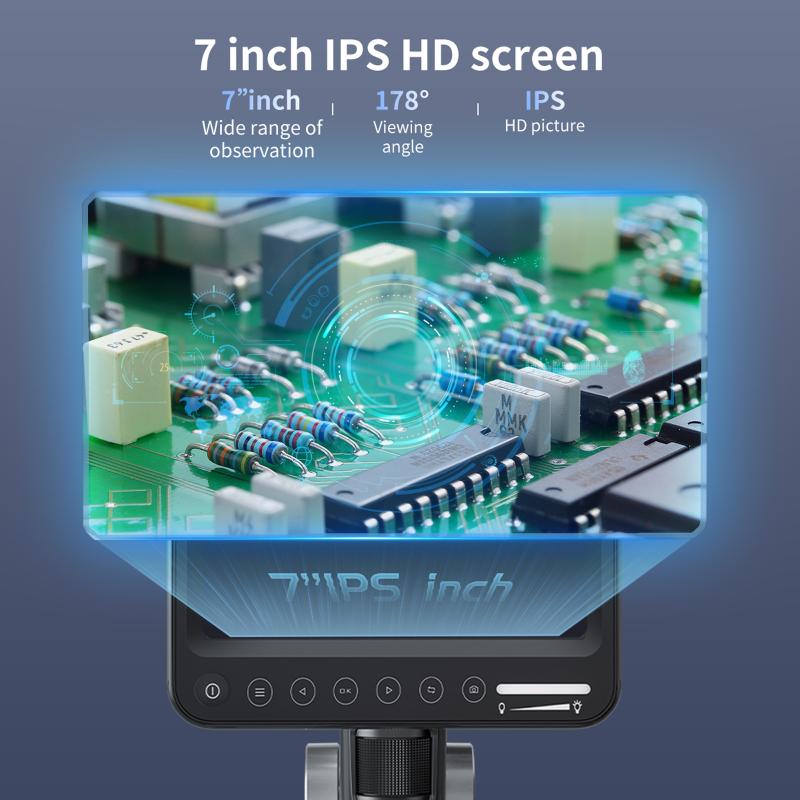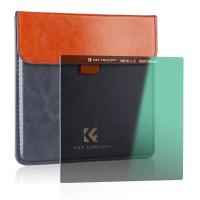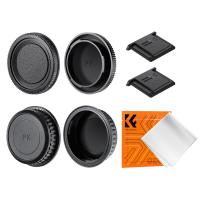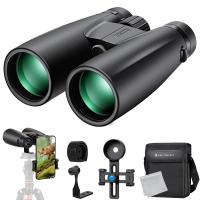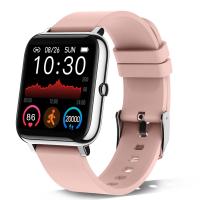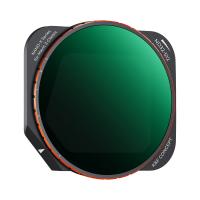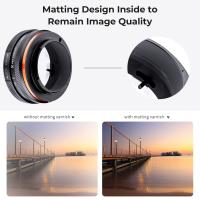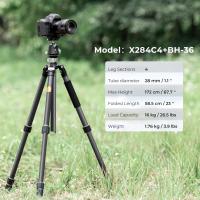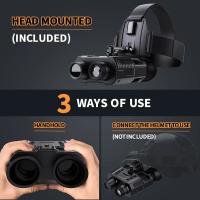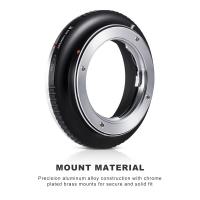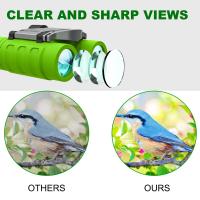Advice Where To Put A Microscope ?
A microscope should be placed on a stable and level surface, such as a sturdy table or desk. It is important to ensure that the surface is free from vibrations and is not prone to movement, as this can affect the accuracy of the microscope's readings. Additionally, the microscope should be placed in a well-lit area, with sufficient lighting to illuminate the specimen being observed. It is also important to ensure that the microscope is positioned at a comfortable height for the user, with the eyepiece at eye level. This can help to prevent strain on the neck and back, and ensure that the user is able to maintain a comfortable and ergonomic posture while using the microscope. Finally, it is important to keep the microscope clean and free from dust and debris, as this can affect the clarity of the image and the accuracy of the readings.
1、 Lighting considerations for microscope placement
Lighting considerations for microscope placement are crucial to ensure that the microscope is placed in an optimal location for accurate observations. The placement of a microscope should be in a well-lit area, preferably with natural light. However, if natural light is not available, artificial lighting should be used to provide adequate illumination.
When placing a microscope, it is important to consider the direction of the light source. The light source should be positioned in such a way that it does not create glare or shadows on the specimen being observed. Additionally, the light source should be adjustable to allow for different levels of illumination depending on the specimen being observed.
Another important consideration is the color temperature of the light source. The color temperature of the light source can affect the color accuracy of the specimen being observed. Therefore, it is recommended to use a light source with a color temperature of around 5500K, which is similar to natural daylight.
In terms of where to put a microscope, it is recommended to place it on a stable and level surface. The surface should be free from vibrations and should be at a comfortable height for the user. Additionally, the microscope should be placed in a location that is easily accessible and allows for easy movement around the microscope.
In conclusion, lighting considerations for microscope placement are crucial to ensure accurate observations. The light source should be positioned to avoid glare and shadows, and the color temperature of the light source should be around 5500K. The microscope should be placed on a stable and level surface at a comfortable height for the user.
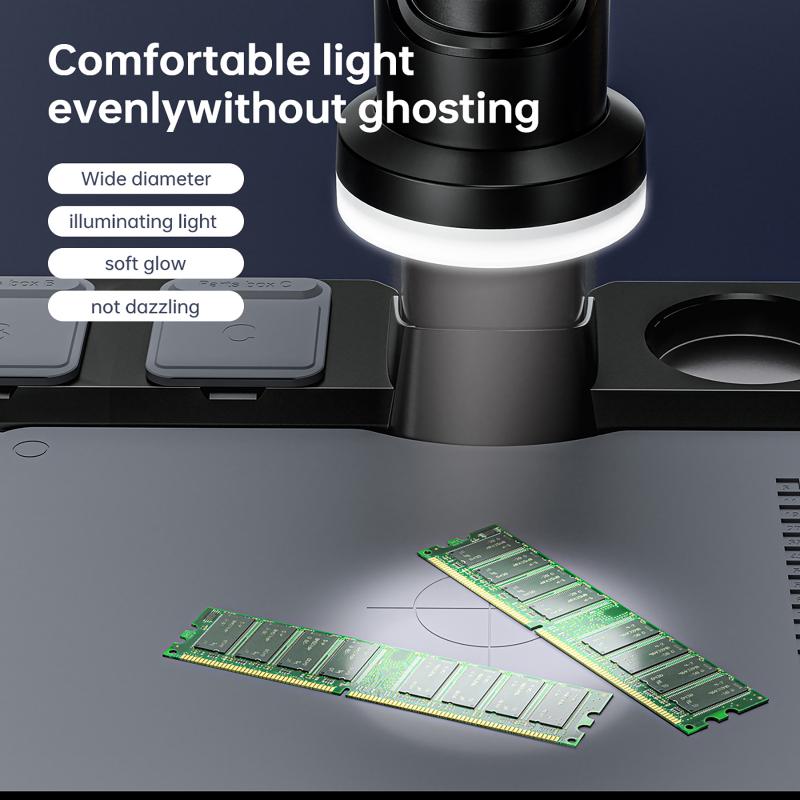
2、 Ergonomic factors in microscope placement
Ergonomic factors in microscope placement are crucial to ensure comfortable and safe use of the instrument. The placement of the microscope should be such that the user can maintain a comfortable posture while using it. The height of the microscope should be adjusted so that the user's neck is in a neutral position, and the eyes are level with the eyepiece. The microscope should also be placed in a well-lit area to reduce eye strain.
Another important factor to consider is the placement of the microscope in relation to other equipment and work surfaces. The microscope should be placed on a stable surface that is at the appropriate height for the user. It should also be positioned in a way that allows the user to easily access other equipment and materials needed for their work.
In addition to these factors, the latest point of view on microscope placement also emphasizes the importance of considering the user's individual needs and preferences. For example, some users may prefer to work while standing, while others may prefer to sit. The placement of the microscope should be adjusted accordingly to accommodate these preferences.
Overall, when considering where to put a microscope, it is important to prioritize ergonomic factors to ensure safe and comfortable use. By taking into account the user's posture, lighting, and access to other equipment, as well as their individual needs and preferences, the microscope can be placed in a way that maximizes productivity and minimizes the risk of injury or discomfort.

3、 Stability and vibration control for microscope placement
Stability and vibration control for microscope placement is crucial for obtaining accurate and reliable results. Microscopes are sensitive instruments that require a stable and vibration-free environment to function optimally. Therefore, it is essential to consider the placement of the microscope carefully.
The ideal location for a microscope is a stable and vibration-free surface. A sturdy table or bench is recommended, and it should be placed in a location that is not prone to vibrations. Avoid placing the microscope near doors, windows, or areas with high foot traffic, as these can cause vibrations that can affect the accuracy of the results.
In addition to the placement of the microscope, it is also important to consider the type of surface it is placed on. A hard, flat surface is ideal, as it provides stability and reduces the risk of vibrations. If the microscope is placed on a surface that is not level, it can cause the instrument to tilt, which can affect the accuracy of the results.
Another important consideration is the use of vibration control equipment. Vibration isolation pads or tables can be used to reduce the impact of vibrations on the microscope. These devices absorb vibrations and prevent them from affecting the instrument, ensuring accurate and reliable results.
In conclusion, stability and vibration control are essential for microscope placement. A stable and vibration-free surface, such as a sturdy table or bench, is recommended, and the use of vibration control equipment can further enhance the accuracy and reliability of the results. With careful consideration and attention to detail, the microscope can be placed in an optimal location that ensures accurate and reliable results.
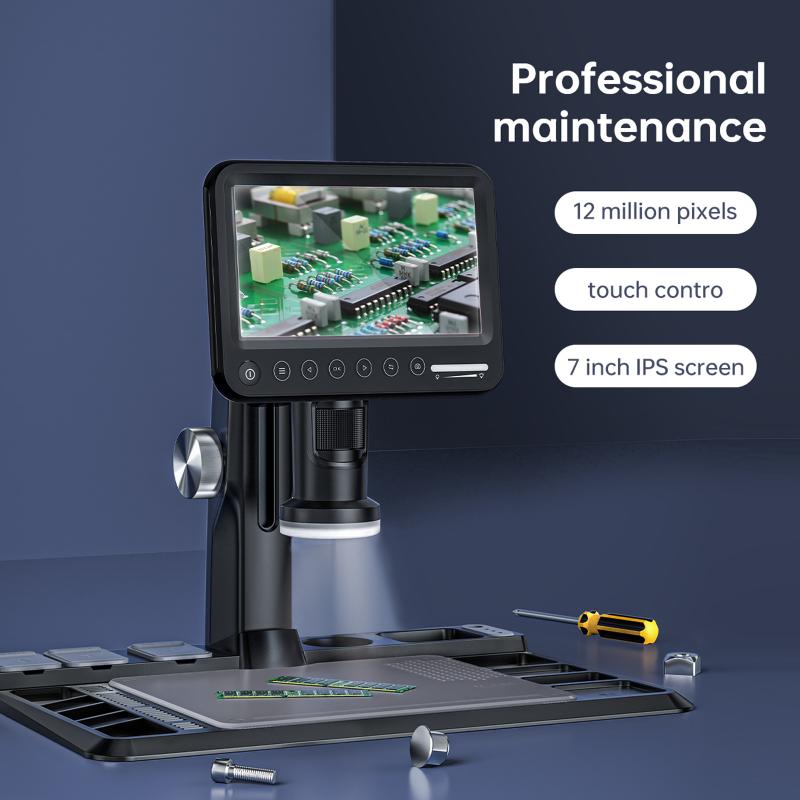
4、 Temperature and humidity considerations for microscope placement
Temperature and humidity considerations for microscope placement are crucial factors to consider when setting up a microscope. The ideal temperature range for a microscope is between 18°C to 24°C, with a relative humidity of 40% to 60%. These conditions help to prevent condensation on the lenses, which can affect the quality of the image. It is also important to avoid placing the microscope in direct sunlight or near a heat source, as this can cause fluctuations in temperature and humidity.
In addition to these traditional considerations, the latest point of view also emphasizes the importance of air quality. Microscopes are sensitive instruments that can be affected by airborne particles, such as dust and pollen. Therefore, it is recommended to place the microscope in a clean and well-ventilated area, away from sources of pollution.
Another important consideration is the stability of the surface on which the microscope is placed. Vibrations from nearby equipment or foot traffic can cause the microscope to shake, leading to blurry images. Therefore, it is recommended to place the microscope on a stable surface, such as a sturdy table or a vibration-dampening platform.
In summary, when placing a microscope, it is important to consider temperature, humidity, air quality, and stability. By taking these factors into account, you can ensure that your microscope is in an optimal environment for producing clear and accurate images.
